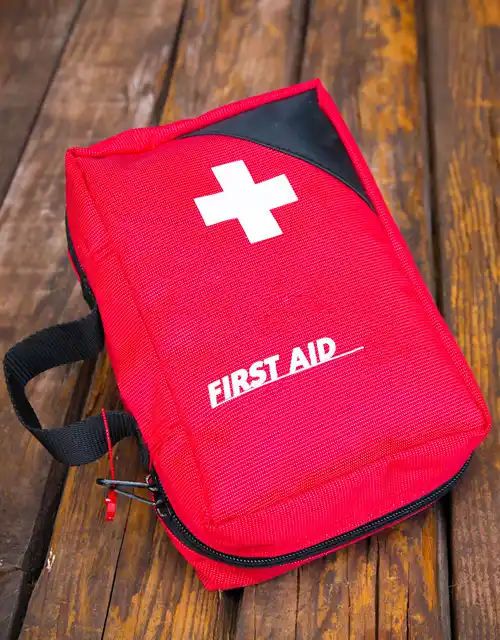Teaching Safety First: Why Every Family Should Learn First Aid and CPR
When it comes to family safety, it’s easy to think about seatbelts, home alarms, or safe passwords. But one of the most overlooked forms of protection is personal readiness.
Taking a First Aid CPR Course isn’t just for healthcare workers, it’s a life skill every family should have. It gives parents, guardians, and even older kids the knowledge to respond confidently when the unexpected happens.
What Preparedness Really Means for Families
Preparedness isn’t about living in fear, it’s about living with confidence. Whether it’s a child slipping at the playground, someone choking during dinner, or a grandparent feeling faint, knowing what to do in those crucial seconds makes all the difference.
A well-trained parent or caregiver can act quickly and effectively before professional help arrives. That’s what true safety is: not just preventing accidents, but being empowered to handle them calmly when they happen.

Why Every Parent Should Take a First Aid and CPR Course
Everyday life is full of small risks, and accidents can happen when you least expect them. A First Aid CPR Course helps families:
- Handle emergencies calmly. You’ll know what to do when seconds count.
- Respond safely to injuries. From burns to bleeding, basic first aid prevents complications.
- Assist in choking or cardiac situations. CPR can double or triple someone’s chance of survival.
- Build confidence in children. When parents remain calm, kids learn to stay calm too.
More importantly, training helps reduce panic. In high-stress moments, that sense of control can save lives. Learning the importance of first aid can also inspire families to view these skills not just as safety tools, but as everyday acts of care and responsibility.
Creating a Safety Culture at Home
Safety shouldn’t just be a checklist, it should be part of your family’s mindset. Talk to your children about what to do in emergencies. Teach them simple, age-appropriate steps like how to call for help or where to find the first aid kit.
Even young kids can start learning small, responsible habits like checking for hazards, washing hands properly, or recognizing unsafe situations. When families practice awareness together, preparedness becomes second nature.
How These Skills Apply to Everyday Life
The best part about first aid training is how practical it is. These are skills you’ll use more often than you think:
- Cooking mishaps: Minor burns or cuts are easy to treat when you know what to do.
- Sports or outdoor play: Sprains, stings, or scrapes happen — first aid makes recovery smoother.
- Travel emergencies: Knowing how to stabilize a situation when far from help brings peace of mind.
- Health awareness: Recognizing warning signs of medical distress can prevent major problems.
Preparedness transforms fear into action and action into safety.
Spreading Awareness in Schools and Communities
Imagine a world where basic first aid and CPR knowledge was taught alongside math or science. Students would graduate not just academically prepared, but practically ready to help others.
Parents can encourage schools, daycare centers, and youth programs to include first aid basics in their curriculum. Communities grow stronger when everyone from teens to teachers knows how to respond in emergencies.
How to Get Started
Enrolling in a First Aid CPR Course is simple. Many reputable organizations offer flexible options, both in-person and online. You’ll learn how to identify emergencies, perform CPR correctly, and manage injuries safely.
Regularly refreshing your training ensures you stay confident and up-to-date with the latest safety techniques. Knowledge, once gained, is only powerful when it’s practiced and shared.
Final Thoughts: Knowledge Is the Best Protection
Accidents are unpredictable, but your response doesn’t have to be. By taking a First Aid and CPR course, you’re giving your family something that lasts a lifetime confidence, calm, and care.
True safety isn’t about avoiding every risk; it’s about knowing you’re prepared when life doesn’t go as planned. And that readiness? It might just be the most meaningful lesson your children ever learn from you.




